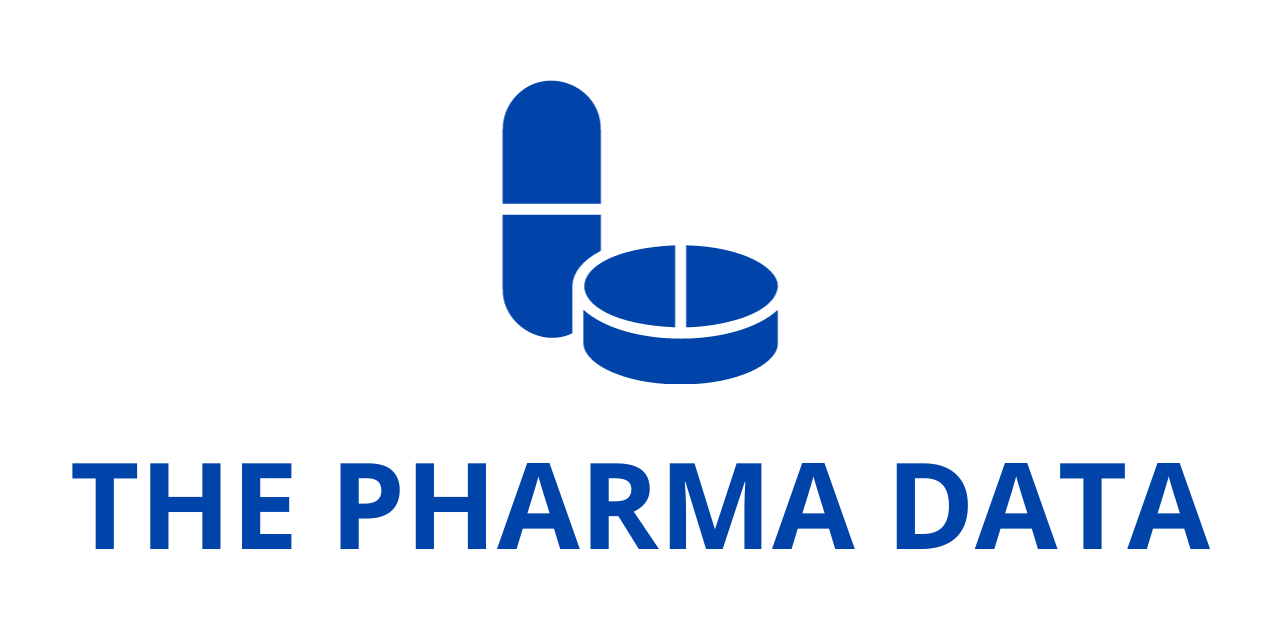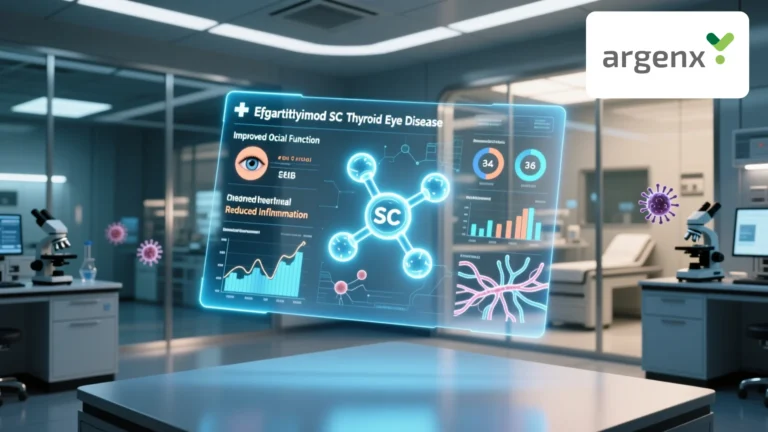
Parse Biosciences Unveils Breakthrough FFPE-Compatible Barcoding Technology, Enabling Whole-Transcriptome Single-Cell Analysis from Archival Tissues
Parse Biosciences, a global leader in scalable and accessible single-cell sequencing technologies, has announced a transformative advancement that stands to reshape how researchers analyze archived biological samples. The company has introduced a new FFPE-compatible barcoding technology designed to unlock the full transcriptome from formalin-fixed, paraffin-embedded (FFPE) tissues at true single-cell resolution. This innovation represents a significant leap forward for oncology research, translational science, and precision medicine—fields that rely heavily on studying preserved clinical samples that have traditionally been difficult to analyze at high resolution.
For decades, FFPE has served as a gold-standard method for long-term sample preservation in clinical settings, biobanks, and pathology departments. Millions of human tissue samples are stored worldwide using this method, making FFPE collections one of the richest reservoirs of biological material for retrospective and longitudinal studies. Despite the immense potential these samples hold, their use in single-cell RNA sequencing (scRNA-seq) has been profoundly limited. Chemical fixation and paraffin embedding, while excellent for morphological preservation, introduce RNA fragmentation and cross-linking that impede traditional sequencing workflows. As a result, researchers attempting scRNA-seq on FFPE samples have historically been restricted to targeted gene panels—predefined gene lists that allow only partial glimpses into cellular activity.
Parse Biosciences’ breakthrough technology directly addresses these longstanding challenges. By developing a novel split-pool combinatorial barcoding approach paired with proprietary RNA capture chemistry, the company has created a system capable of obtaining whole-transcriptome profiles from FFPE-preserved tissues without the need for predetermined targets. This advancement restores the full discovery potential of archived samples, allowing researchers to explore biological signals they may not have known to look for in advance.
At the core of the innovation is Parse’s refined barcoding workflow, which captures and labels RNA molecules from individual cells through iterative split-pool processes. This combinatorial approach uniquely indexes each cell without the need for complex microfluidic systems, enabling high scalability, reduced cost, and improved throughput. Researchers can now analyze thousands—or even millions—of cells across hundreds of archived tissue samples in parallel, without sacrificing transcriptomic depth. This scalability is particularly advantageous for large cancer studies, multi-site clinical programs, and retrospective cohort analyses where sample volume and processing speed are critical.
In traditional scRNA-seq workflows, FFPE-induced RNA degradation results in low-quality data and poor gene detection rates. Often, researchers have had to compromise by using highly curated gene panels that limit analysis to small subsets of biomarkers or cell-type-specific signatures. While useful for focused questions, targeted panels restrict the ability to make new discoveries or reveal unanticipated pathways. Parse’s FFPE-compatible system changes this paradigm entirely. Through its optimized chemistry, the technology captures fragmented RNA in a manner that restores transcriptome-wide profiling, offering researchers access to the full complexity of cellular states, gene expression patterns, and microenvironmental interactions that define disease biology.
“By enabling single cell analysis of archival specimens, we’re dramatically expanding what’s possible for researchers,” said Charlie Roco, PhD, Co-founder and Chief Technology Officer at Parse Biosciences. “This capability gives researchers who work with FFPE samples access to high-resolution transcriptomic data, fueling progress in translational oncology and precision medicine.”
Roco emphasized that unlocking the transcriptomes of FFPE samples is more than an incremental improvement—it is a fundamental shift in how preserved tissues can be utilized. Archival specimens often retain clinically annotated histories, including treatment regimens, outcomes, and patient demographics. Integrating this clinical metadata with high-resolution single-cell transcriptomic data allows scientists to revisit pivotal questions in cancer progression, therapy response, and immunological dynamics that were previously unreachable.

One of the most promising applications of the technology lies in oncology, where FFPE samples are ubiquitous. Pathology departments routinely preserve biopsied and surgically removed tumors via FFPE, creating expansive repositories representing diverse cancer types, disease stages, and treatment timelines. Until now, most single-cell analyses relied on fresh or cryopreserved samples, which are not always available or represent only small subsets of patient populations. Parse’s innovation enables researchers to leverage the full breadth of FFPE collections, dramatically expanding sample diversity and enabling the study of rare cancers, long-term survivor cohorts, and tumors that exhibit complex spatial or temporal heterogeneity.
Beyond oncology, translational researchers in fields such as immunology, neurology, cardiovascular disease, and infectious disease stand to benefit from this technology. FFPE samples preserve tissues from numerous disease contexts, including autoimmune disorders, viral infections, inflammatory conditions, and degenerative diseases. For researchers seeking to understand cellular mechanisms across time, having access to whole-transcriptome data from preserved tissues opens a new window into disease evolution, treatment effects, and cell-type–specific responses.
Another valuable advantage of Parse’s technology is its compatibility with large-scale studies and multi-center consortia. Because the workflow does not require specialized equipment such as microfluidics or droplet-based devices, the barcoding process can be performed easily across laboratories with varying technical capabilities. This democratization of high-resolution single-cell analysis aligns with Parse’s mission to make single-cell sequencing scalable and accessible to as many researchers as possible.
The capacity to process hundreds of samples simultaneously also addresses the throughput demands of longitudinal and population-scale studies. Institutions with large FFPE archives can now profile entire cohorts in parallel, enabling direct comparisons across clinical endpoints, treatment responses, or molecular subtypes. This scalability could play a crucial role in biomarker discovery, clinical trial stratification, and the development of personalized therapeutic strategies based on single-cell transcriptomic signatures.
Parse Biosciences notes that the FFPE-compatible Barcoding Technology is currently being deployed through an early-access program involving select research institutions and collaborators. These early partners are providing real-world performance data across a wide range of tissue types and research applications. Feedback from these collaborations will inform continued optimization ahead of a broader commercial release planned for the first quarter of 2026. Researchers participating in the early-access program will benefit from close technical engagement with Parse’s scientific team and will play an important role in refining best practices for sample preparation, workflow execution, and data interpretation.
The company has opened pre-order availability for the technology, signaling strong confidence in its readiness and demand. Interest from the scientific community has already been substantial, particularly among cancer centers, academic medical institutions, and translational research organizations that rely heavily on FFPE archives. Many of these groups recognize the potential to dramatically accelerate discovery by revisiting their existing sample collections with a more powerful analytical toolset.
As part of the rollout, Parse Biosciences plans to develop training resources, protocol guides, and integrated software enhancements that streamline data analysis for FFPE-derived single-cell datasets. The company’s existing software ecosystem, known for its user-friendly interface and robust analytical capabilities, will be expanded to accommodate the unique characteristics of FFPE transcriptomic data. This holistic approach—spanning chemistry, barcoding, workflow optimization, and data analysis—ensures that researchers can seamlessly transition to whole-transcriptome FFPE single-cell analysis without needing extensive new infrastructure or expertise.
The introduction of this FFPE-compatible technology further solidifies Parse’s position as a pioneer in single-cell sequencing innovation. Building on its existing Split-Pool Ligation-based Transcriptome sequencing (SPLiT-seq) platform, the new advancement extends the company’s reach into clinical research environments that have historically been underserved by conventional single-cell methods. The ability to integrate high-throughput single-cell analysis with preserved clinical samples lays the foundation for deeper translational insights and accelerates the path toward precision medicine.
In a field rapidly evolving toward larger, more diverse datasets and deeper molecular resolution, Parse’s technology arrives at a pivotal moment. The scientific community increasingly recognizes that understanding disease at the single-cell level is essential for the development of targeted therapies, early detection strategies, and predictive diagnostic tools. By overcoming the limitations that have long constrained FFPE sample analysis, this breakthrough opens new avenues for discovery and redefines what is possible with archival tissues.
With its early-access testing underway and general release expected in early 2026, Parse Biosciences is poised to set a new standard for FFPE-based single-cell transcriptomics. As research institutions begin incorporating this technology into their workflows, the scientific landscape may soon experience an influx of high-resolution data from samples that have been stored for years—even decades—waiting for the right tools to unlock their full potential.
Source Link: https://www.businesswire.com/




